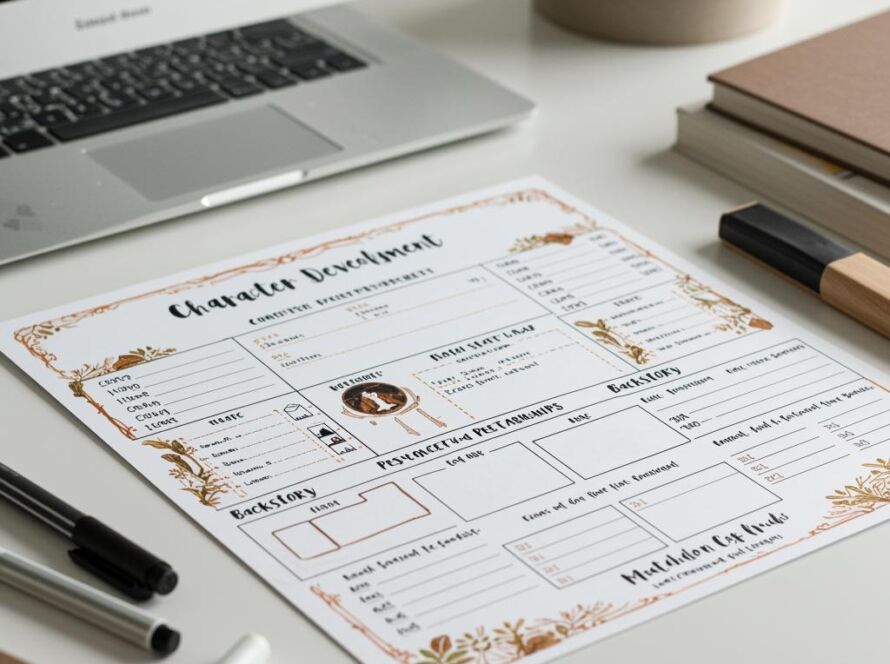Master Dance Choreography Notation: Tips & Tricks
Dance Choreography Notation: Preserving and Sharing Movement
Dance is an ephemeral art form. Once a performance ends, the intricate movements, the emotional expressions, and the dynamic energy seem to vanish into thin air. This is where dance choreography notation steps in, offering a way to capture, preserve, and share the essence of dance for generations to come.
Why is Dance Notation Important?
Recording choreography through notation offers several key benefits:
- Preservation: Notation safeguards dances from being lost or altered over time, acting as a permanent record of the choreographer’s original vision.
- Reconstruction: It allows for accurate reconstruction of dances, even after the choreographer is no longer available to teach them directly.
- Analysis and Study: Notation provides a concrete basis for analyzing movement vocabulary, stylistic nuances, and choreographic structures.
- Sharing and Collaboration: Notation facilitates sharing choreography across geographical distances and allows for collaborative work on dance projects.
- Copyright Protection: A detailed notation can serve as evidence of ownership and protect choreographic works from unauthorized use.
Types of Dance Notation Systems
Several notation systems exist, each with its own strengths and weaknesses. Some popular methods include:
Labanotation (Kinetography Laban)
Developed by Rudolf Laban, Labanotation is a highly detailed system capable of recording a wide range of human movement, including dance, sports, and physical therapy exercises. It uses abstract symbols to represent different body parts, spatial directions, and dynamic qualities.
Benesh Movement Notation
Created by Joan and Rudolf Benesh, this system uses a five-line staff, similar to musical notation, to represent the human figure in a stylized way. It’s particularly effective for recording ballet and other Western theatrical dance forms.
Eshkol-Wachman Movement Notation
Developed by Noa Eshkol and Abraham Wachman, this system uses a grid-based approach to record movement pathways and body positions. It’s known for its mathematical precision and its ability to analyze movement in three-dimensional space.
Conté-Morgan Movement Notation
Developed by Genevieve Conté and Martha Morgan, this system uses stick figures to represent the body and directional arrows to indicate movement. It’s considered a relatively simple and accessible notation method.
Choosing the Right Notation System
Selecting the appropriate notation system depends on several factors:
- The style of dance being recorded
- The level of detail required
- The user’s familiarity with different notation systems
- The availability of software and resources
It’s important to remember that no single system is universally “best.” Each has its own advantages and disadvantages.
Learning and Applying Dance Notation
Learning dance notation takes time, dedication, and practice. Resources for learning various notation systems include:
- Books and Manuals: Many comprehensive guides and textbooks are available for different notation systems.
- Workshops and Courses: Several institutions and organizations offer workshops and courses on dance notation.
- Software Programs: Specialized software can assist with creating and editing dance notations.
- Online Communities: Online forums and communities offer opportunities for connecting with other notation enthusiasts and sharing resources.
By investing the effort to learn and utilize dance notation, we can contribute to the preservation and appreciation of this vibrant art form.
Conclusion
Dance choreography notation plays a vital role in documenting, analyzing, and sharing the art of dance. Whether you’re a choreographer, dancer, researcher, or simply a dance enthusiast, understanding the importance and potential of notation can deepen your appreciation for the richness and complexity of movement.



